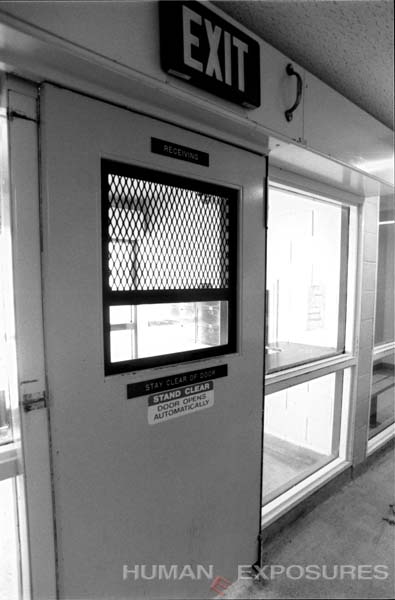
Did you know that you can help a struggling school simply by shopping? Chad and Melinda Reist of San Diego have created a way for you to do just that, on a website called GetMySchoolBucks.com.
Back in April, KFMB TV Channel 8 ran a story about their efforts, which explains how it all works:
‘We don’t want our younger ones to not have the education they should have,’ Melinda said.
Their solution: a web site that offers discounted gift certificates. Any company interested offers its services on getmyschoolbucks.com at 20 percent off, and any customer interested purchases it at five percent off. The web site takes its cut and the rest goes back to the schools.
‘Essentially it’s money you are already going to spend, so before you head out to dinner with the family, might as well save five percent and give five percent to the schools,’ Chad said.
Sounds like the Reists are on to something. Everybody likes to save money, particularly when the economy is such a mess, so offering coupons is a great way to get people to participate. Adding in the socially conscious element that so many Internet-based efforts are exhibiting these days should really give it legs.
The Reists are not the only parents concerned for their children’s educational future, especially in San Diego, where the state of the school board is continually chaotic. As we’ve stated on numerous occassions, many of the social ills we face are directly related to poor education. There is a plethora of studies linking it to both crime and homelessness, and, while not the sole cause of either, it is still cause for grave concern.
Source: “San Diego couple’s web business to help schools,” KFMD TV Channel 8, 04/01/10
Image of GetMySchoolBucks logo, used under Fair Use: Reporting.
Visit Us on Facebook: Humane Exposures Publishing , downTownUSA, Maggots in My Sweet Potatoes, It’s More Expensive To Do Nothing

 So many of our societal ills can be traced back to failures in the American educational system. Thus it is vitally important that we take an interest in that system and how it’s functioning.
So many of our societal ills can be traced back to failures in the American educational system. Thus it is vitally important that we take an interest in that system and how it’s functioning. Recidivism: returning to a behavior pattern despite negative reinforcement. It’s a term most often used in cases of criminal activity or substance abuse. It is a chronic problem in the penal systems around the world, not just in the United States.
Recidivism: returning to a behavior pattern despite negative reinforcement. It’s a term most often used in cases of criminal activity or substance abuse. It is a chronic problem in the penal systems around the world, not just in the United States.







